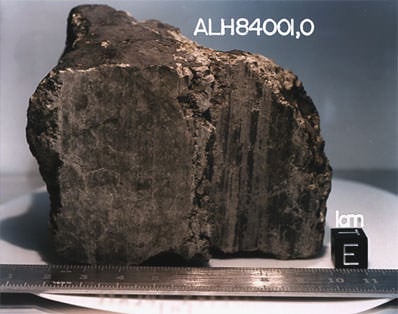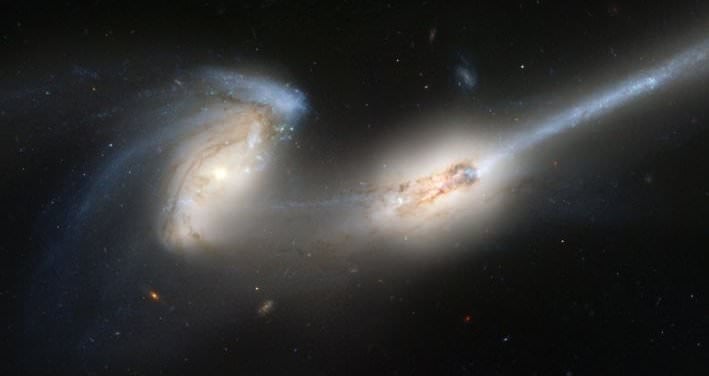Solo Sailor Spots Pacific Bolide
Solo around the world sailor Jessica Watson spotted a bright bolide over the pacific during the peak of last weeks Leonid Meteor shower. The International Meteor organization relies on reports just like this from observers in the field….or in this case "all at sea".
Continue reading
 Universe Today
Universe Today









































